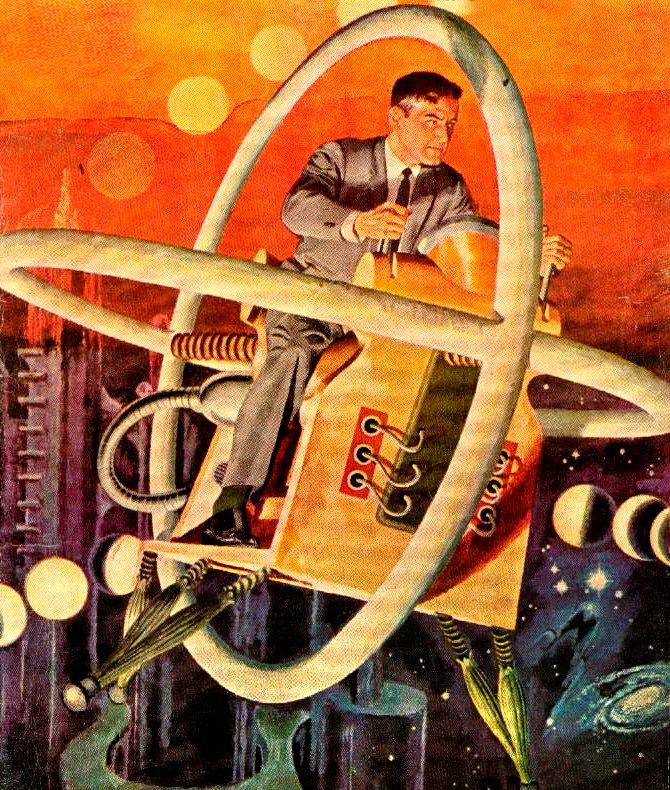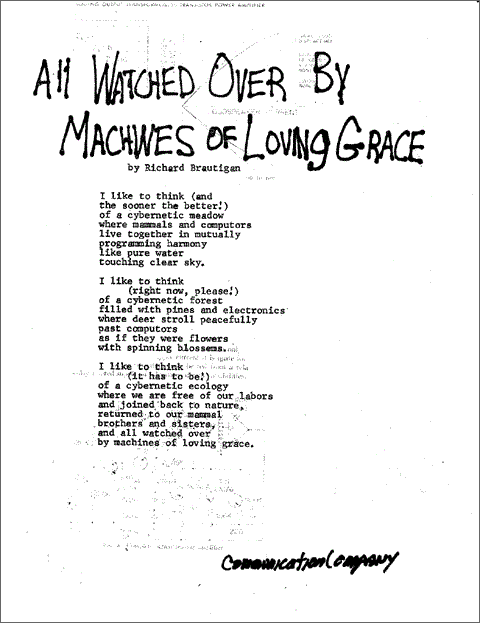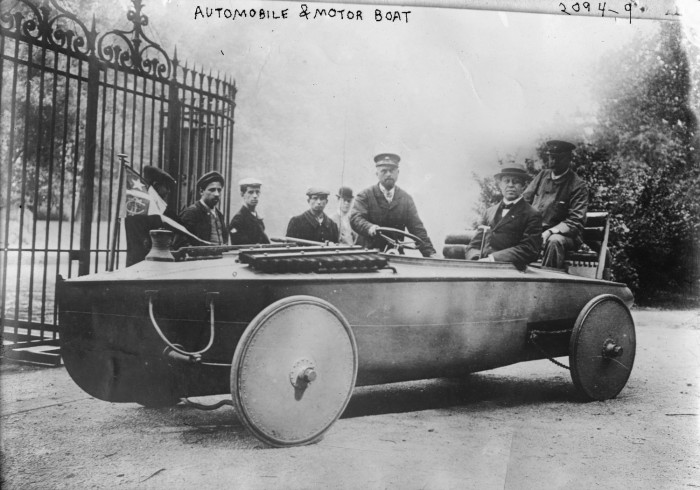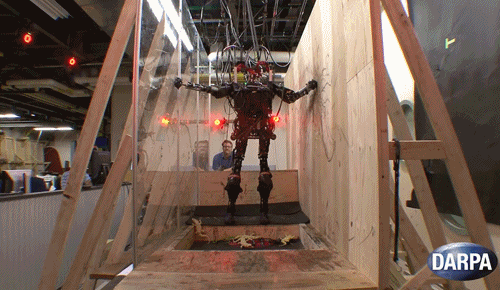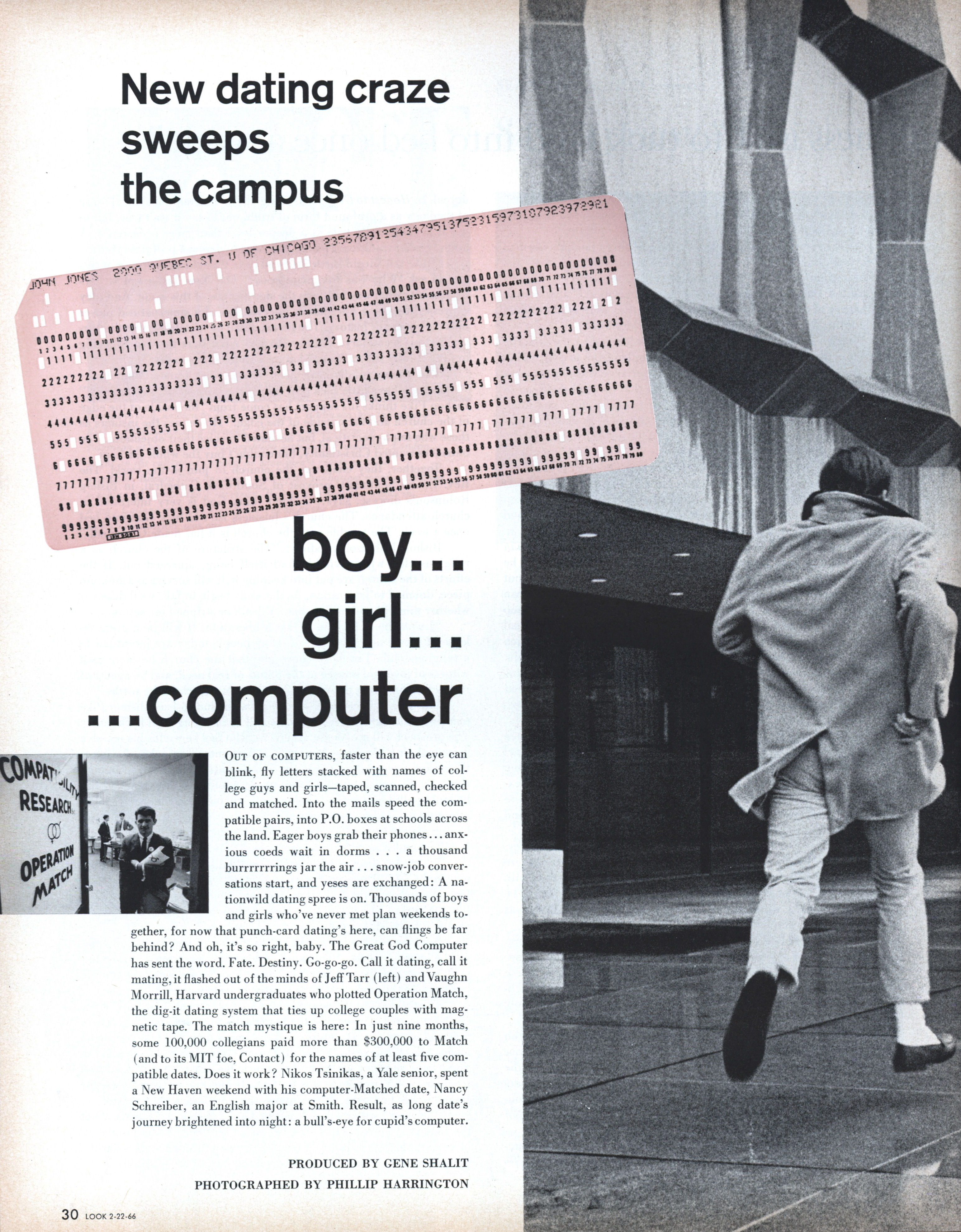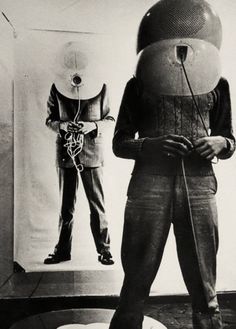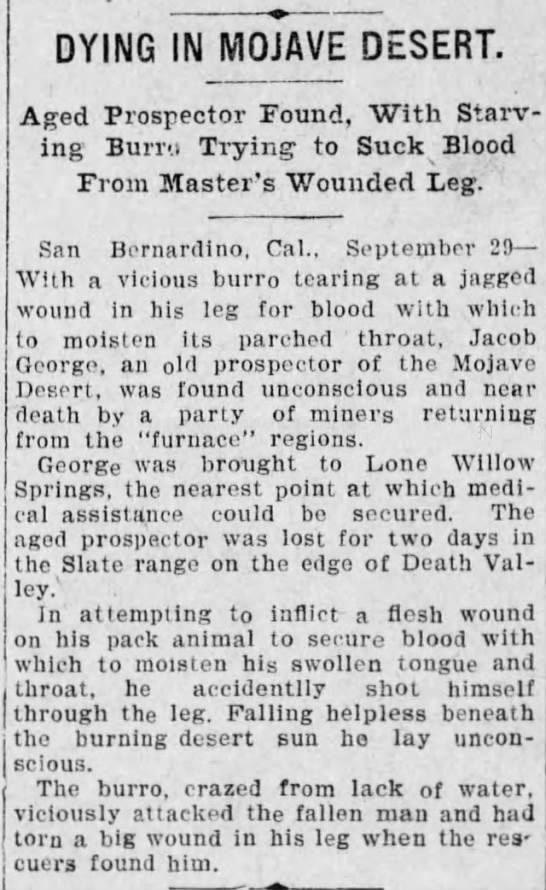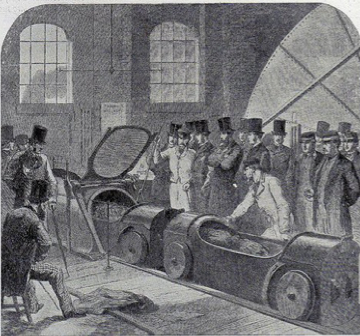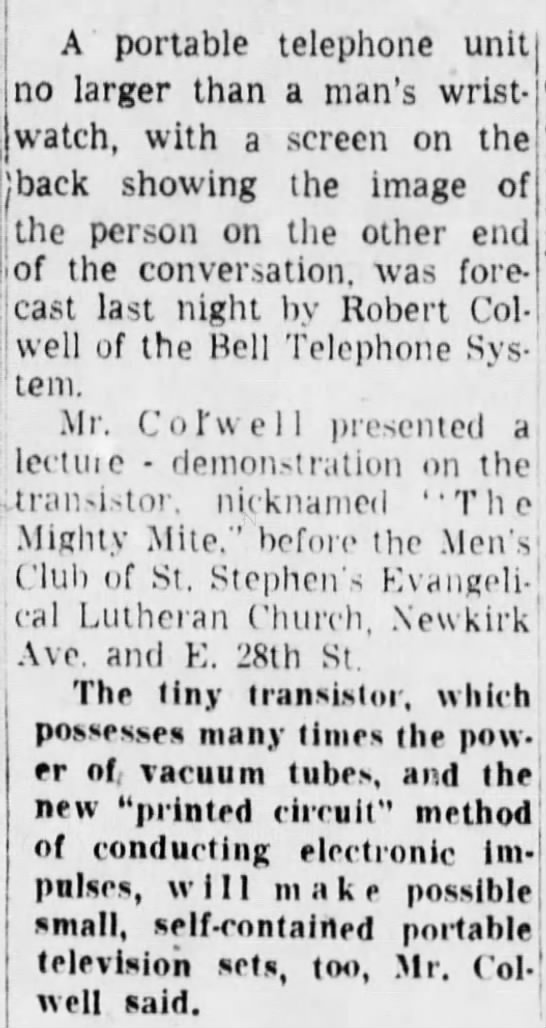Very much looking forward to the forthcoming book Machines of Loving Grace, an attempt by the New York Times journalist John Markoff to make sense of our automated future.
In an Edge.org interview, Markoff argues that Moore’s Law has flattened out, perhaps for now or maybe for the long run, a slowdown that isn’t being acknowledged by technologists. Markoff still believes we’re headed for a highly automated future, one he senses will be slower to develop than expected. Those greatly worried about technological unemployment, the writer argues, are alarmists, since he thinks technology taking jobs is a necessity, the human population likely being unable in the future to keep pace with required production. Of course, he doesn’t have to be wrong by very much for great societal upheaval to occur and political solutions to be required.
From Markoff:
We’re at that stage, where our expectations have outrun the reality of the technology.
I’ve been thinking a lot about the current physical location of Silicon Valley. The Valley has moved. About a year ago, Richard Florida did a fascinating piece of analysis where he geo-located all the current venture capital investments. Once upon a time, the center of Silicon Valley was in Santa Clara. Now it’s moved fifty miles north, and the current center of Silicon Valley by current investment is at the foot of Potrero Hill in San Francisco. Living in San Francisco, you see that. Manufacturing, which is what Silicon Valley once was, has largely moved to Asia. Now it’s this marketing and design center. It’s a very different beast than it was.
I’ve been thinking about Silicon Valley at a plateau, and maybe the end of the line. I just spent about three or four years reporting about robotics. I’ve been writing about it since 2004, even longer, when the first autonomous vehicle grand challenge happened. I watched the rapid acceleration in robotics. We’re at this point where over the last three or four years there’s been a growing debate in our society about the role of automation, largely forced by the falling cost of computing and sensors and the fact that there’s a new round of automation in society, particularly in American society. We’re now not only displacing blue-collar tasks, which has happened forever, but we’re replacing lawyers and doctors. We’re starting to nibble at the top of the pyramid.
I played a role in creating this new debate. The automation debate comes around in America at regular intervals. The last time it happened in America was during the 1960s and it ended prematurely because of the Vietnam War. There was this discussion and then the war swept away any discussion. Now it’s come back with a vengeance. I began writing articles about white-collar automation in 2010, 2011.
There’s been a deluge of books such as The Rise of the Robots, The Second Machine Age, The Lights in the Tunnel, all saying that there will be no more jobs, that the automation is going to accelerate and by 2045 machines will be able to do everything that humans can do. I was at dinner with you a couple years ago and I was ranting about this to Danny Kahneman, the psychologist, particularly with respect to China, and making the argument that this new wave of manufacturing automation is coming to China. Kahneman said to me, “You just don’t get it.” And I said, “What?” And he said, “In China, the robots are going to come just in time.”•
_____________________________
“All Watched Over
by Machines of Loving Grace”

I’d like to think (and
the sooner the better!)
of a cybernetic meadow
where mammals and computers
live together in mutually
programming harmony
like pure water
touching clear sky.
I like to think
(right now, please!)
of a cybernetic forest
filled with pines and electronics
where deer stroll peacefully
past computers
as if they were flowers
with spinning blossoms.
I like to think
(it has to be!)
of a cybernetic ecology
where we are free of our labors
and joined back to nature,
returned to our mammal brothers and sisters,
and all watched over
by machines of loving grace.

